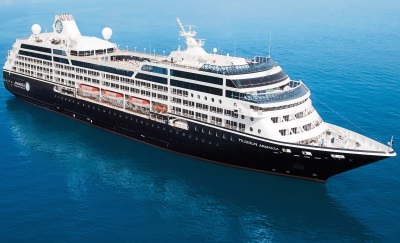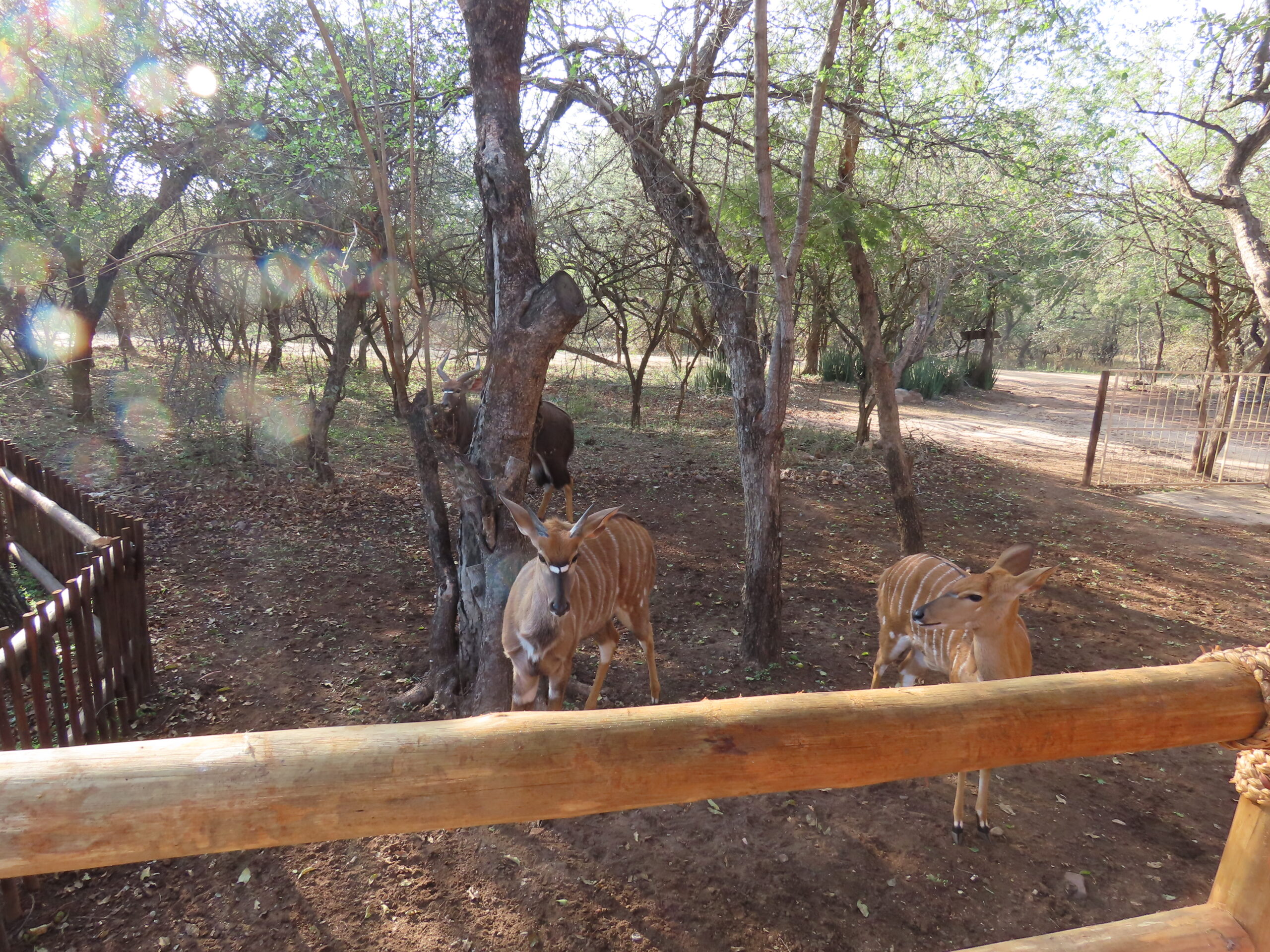
When I searched for the year-ago photo below in this post, I was sorely reminded of all the plans we’d begun to make a year ago with excitement and hope for the future. Here we are a year later, with most plans canceled due to visa issues, the war in Ukraine, and the after-effects of Covid-19.
We see many of our traveling friends on cruises and spending time in Europe and islands worldwide. After almost ten years of world travel, we’ve visited all the islands we wanted to see and the European countries that appealed to us. With Schengen visa restrictions (click here for details) in Europe for travelers like us, who’d prefer to stay in a country for months, not a two-week holiday/vacation, the conditions of Schengen leave little to be desired for us.
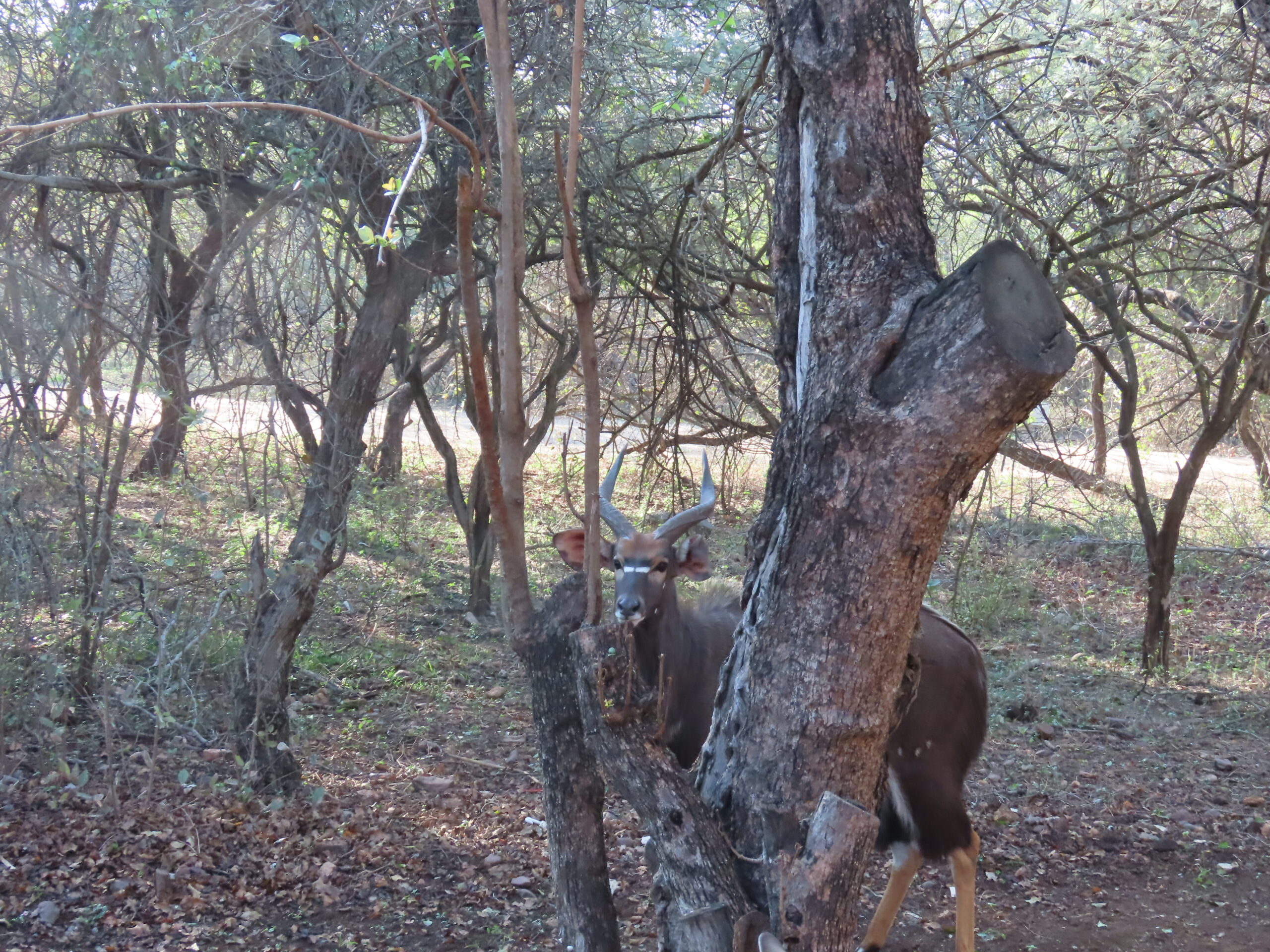
This may sound weird to those who’ve never been to Europe, but we’ve seen all the historic buildings and churches we care to see in this lifetime. Yes, we loved the countries we visited in Europe at the time, but our tastes have changed. Plus, it’s costly for us to stay for two or three months in Switzerland, Sweden, or the Netherlands (we’ve been there), all of which would be exciting to visit but unable to fulfill our expectations of comfortable living.
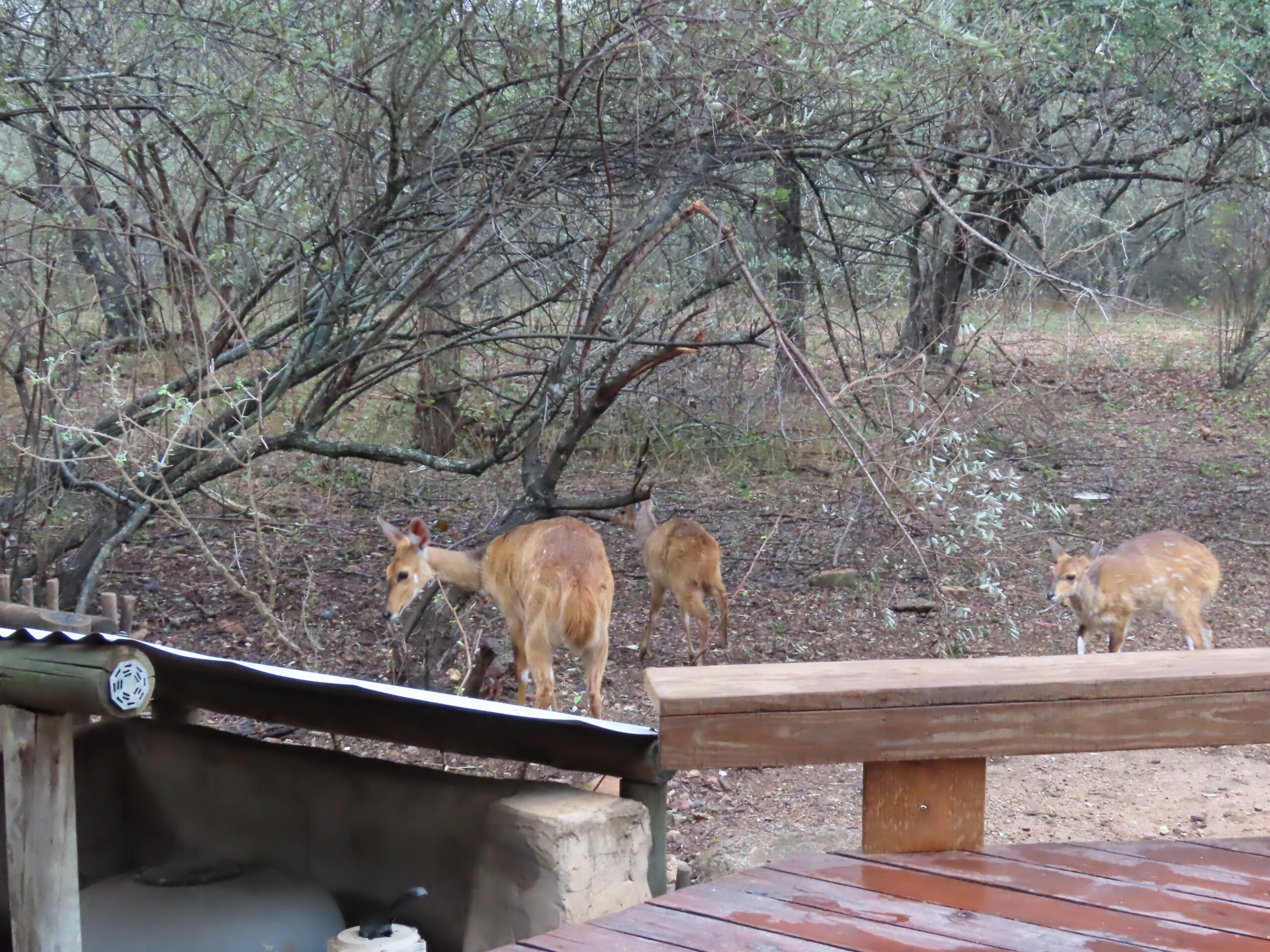
At this point, our interests lie in affordable locations with reasonably priced holiday homes and rental cars. But, above all, our current interests are wrapped around further wildlife exploration. We long to return to South America to visit the Pantanal, as described on this site:
“Wetlands—where the land is covered by water, either salt, fresh, or somewhere in between—cover just over 6% of the Earth’s land surface. Sprinkled throughout every continent except Antarctica, they provide food, clean drinking water, and refuge for countless people and animals worldwide. Despite their global significance, an estimated one-half of all wetlands on the planet have disappeared.
Amid the loss, one specific wetland stands out: the Pantanal. At more than 42 million acres, the Pantanal is the largest tropical wetland and one of the most pristine in the world. It sprawls across three South American countries—Bolivia, Brazil and Paraguay—and supports millions of people there and communities in the lower Rio de la Plata Basin.
WWF is working on the ground to conserve the region through the creation of protected areas and promoting sustainable use of natural resources.”

Yes, this area is offering tours and cruises but when we check into it further, the after-effects of Covid-19 have left many of such expeditions short of staff. We need to wait another year, as is the case for the Amazon and other such ecologically rich areas in the world. They just aren’t ready yet for tourists. We don’t care to spend a lot of money on a disappointing experience or canceled flights, cruises and tours, plenty of which we’ve already experienced.
We’ve lost thousands of dollars due to the pandemic, and we’re not interested in losing more. Are we being too cautious? Perhaps. But, if we listed all we’ve lost including the recent two months we spent in the US and on a cruise, getting Covid-19 and becoming very ill, it’s to be expected that we are cautious in what we decide to do going forward.
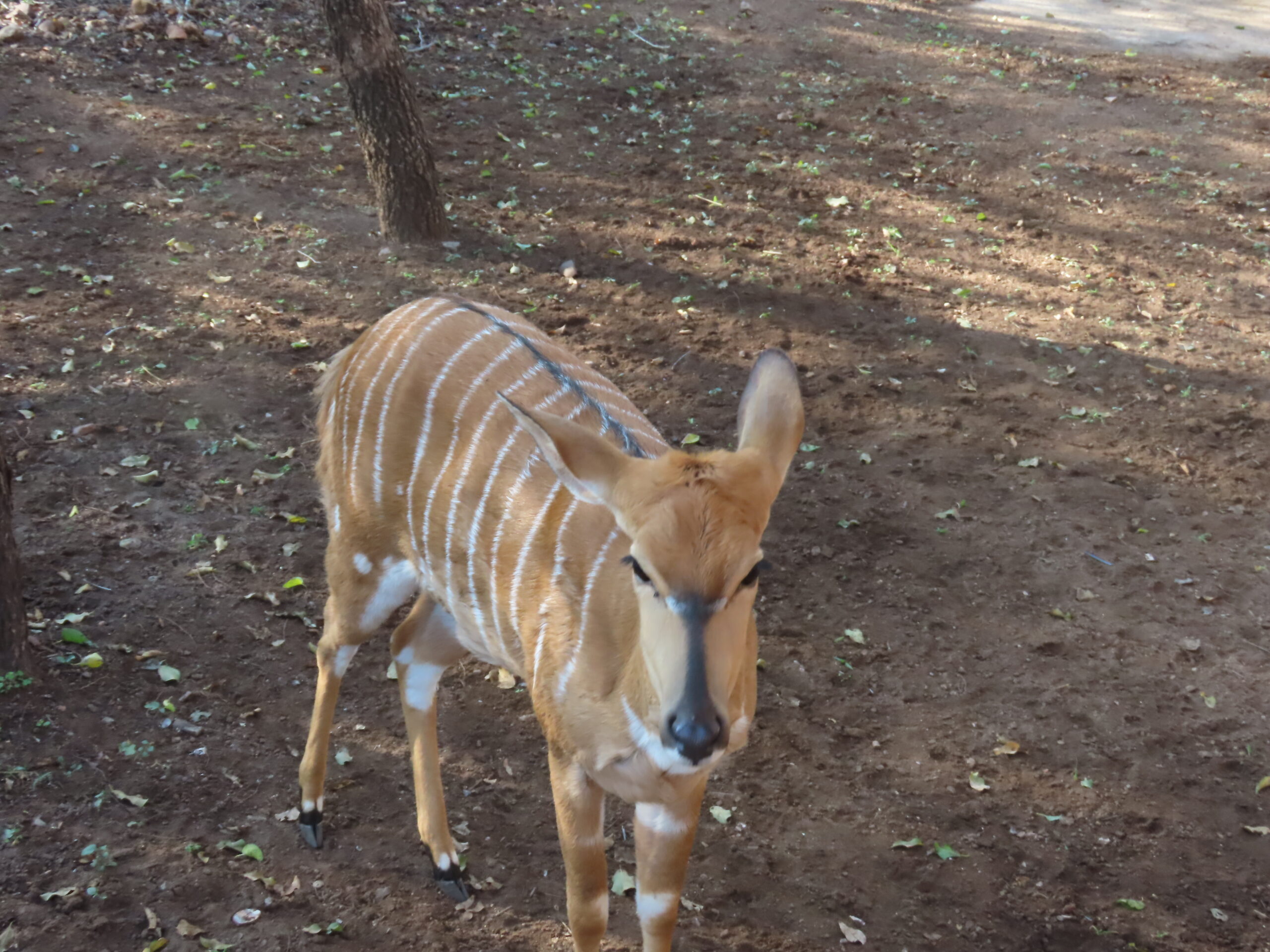
No, we don’t plan to stay in South Africa longer than a year. While here, we’ll have an opportunity for more adventures on the continent. In a little over a month, we’ll be on the move for a short but exciting trip to Zambia, Zimbabwe, and Botswana. Before departing that trip, we will be planning another trip for the following 90 days, again, outside South Africa. We’ll keep you updated.
In the interim, we are enjoying our time in the bush, surrounded by wildlife and friends, grateful for each day as it comes. What more could we ask for?
Enjoy your Saturday, wherever you may be.
Photo from one year ago today, July 16, 2021:
